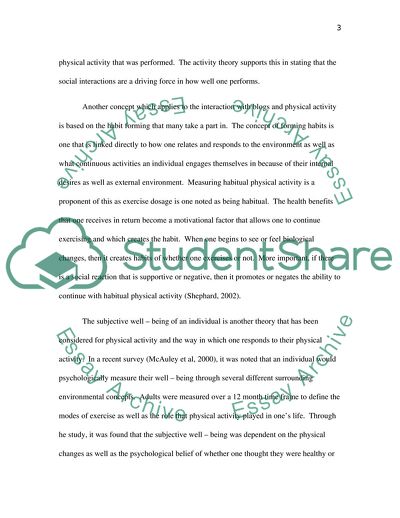Cite this document
(Promoting Physical Activity through Social Interaction Case Study, n.d.)
Promoting Physical Activity through Social Interaction Case Study. https://studentshare.org/sports-and-recreation/1742786-blog-analysis
Promoting Physical Activity through Social Interaction Case Study. https://studentshare.org/sports-and-recreation/1742786-blog-analysis
(Promoting Physical Activity through Social Interaction Case Study)
Promoting Physical Activity through Social Interaction Case Study. https://studentshare.org/sports-and-recreation/1742786-blog-analysis.
Promoting Physical Activity through Social Interaction Case Study. https://studentshare.org/sports-and-recreation/1742786-blog-analysis.
“Promoting Physical Activity through Social Interaction Case Study”. https://studentshare.org/sports-and-recreation/1742786-blog-analysis.


